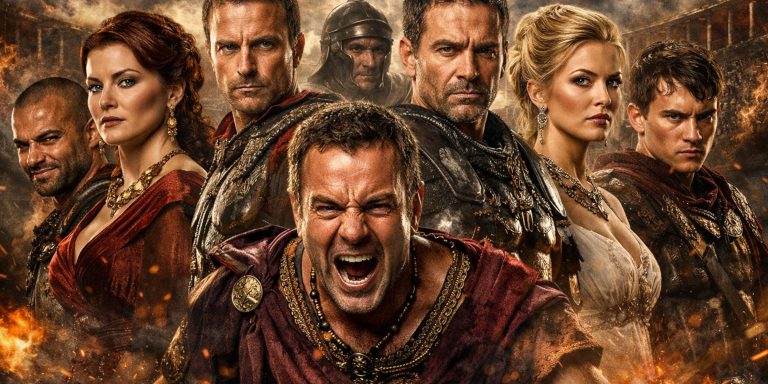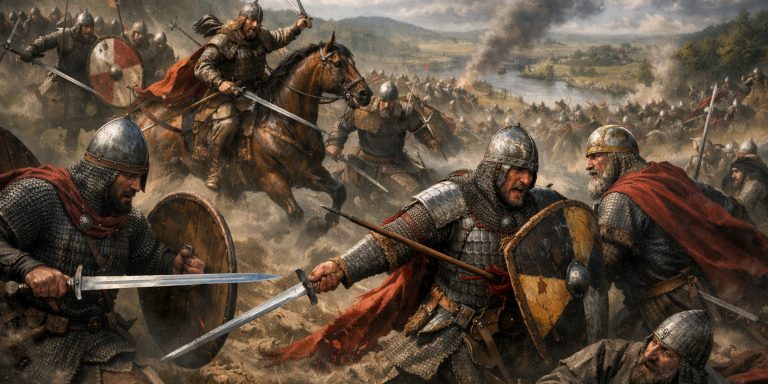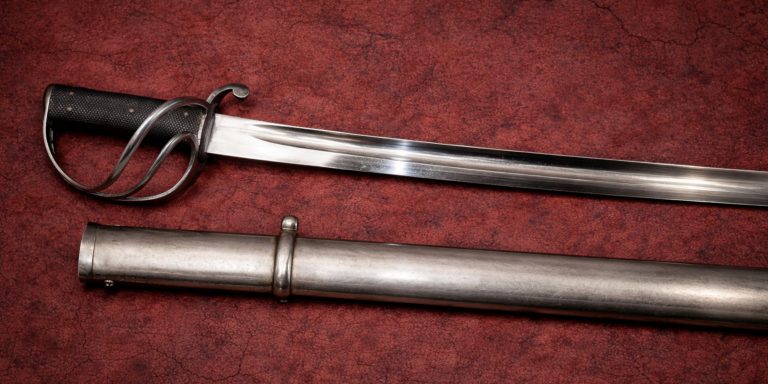
The Battle of Arsuf was fought on 7 September 1191 between Richard I of England and Saladin during the Third Crusade. It remains one of the few decisive Christian victories in the otherwise gritted stalemate of the campaign. Fought on the coastal road north of Jaffa, the clash tested discipline more than raw courage, and Richard’s command held firm where others might have lost their heads.
It was not so much a grand tactical masterpiece as it was a triumph of restraint, timing, and the occasional well-timed charge with a longsword gleaming in the Levantine sun.
Background
Following the capture of Acre earlier that year, Richard the Lionheart marched south along the coast toward Jaffa. Saladin’s army shadowed the Crusaders, harassing their flanks and rear with relentless mounted archery. Richard’s column, constrained by the narrow coastal strip, became a moving fortress, its knights keeping formation under punishing heat and constant harassment.
For days, the Muslims struck, withdrew, and struck again, aiming to break formation or draw impetuous knights into pursuit. Richard’s genius lay in denying them that satisfaction, holding his men until the exact moment his counterattack could do the most damage.
Forces
| Side | Leader | Estimated Strength | Composition |
|---|---|---|---|
| Crusaders | Richard I of England | c. 10,000–12,000 | Knights Hospitaller, Knights Templar, French, English, and Angevin knights, infantry, crossbowmen |
| Ayyubid Sultanate | Saladin (Ṣalāḥ ad-Dīn Yūsuf ibn Ayyūb) | c. 25,000–30,000 | Turkish and Syrian cavalry, Sudanese infantry, Kurdish archers, Mamluk horsemen |
Leaders and Troop Composition
Crusader Army
- Richard I (King of England) – overall commander, heavily armoured, renowned for personal combat skill.
- Hugh of Burgundy, Garnier de Nablus, Robert de Sablé (Grand Master of the Templars), Geoffrey de Lusignan.
- Infantry mainly from France and England.
- Archers and crossbowmen providing a disciplined missile screen.
- Templars held the vanguard, Hospitallers the rearguard.
Ayyubid Army
- Saladin – supreme commander, mounted on a white Arabian horse, directing from a central rise.
- Emirs of Damascus, Aleppo, and Cairo led contingents of light horse archers.
- Mamluks and tribal cavalry employed hit-and-run tactics.
- Infantry were fewer, serving largely as a screening force or to occupy captured ground.
Arms and Armour
Crusaders
- Weapons:
- Arming swords and early forms of the Oakeshott Type XII.
- Heavy lances for initial charge.
- Maces, axes, and daggers as secondary arms.
- Armour:
- Mail hauberks with coifs, padded gambesons, conical helmets.
- Shields were typically kite-shaped with heraldic devices.
- Notable Swords:
- Richard’s own weapon was described by chroniclers as “a blade that flashed like the sun on water.”
- Templars favoured balanced, broad cutting swords ideal for mounted strikes.
Ayyubid Army
- Weapons:
- Armour:
- Lamellar cuirasses, quilted vests, light helmets for speed and endurance in desert heat.
The Battle
The Crusader column advanced with the Mediterranean on its right and dense woodland to the left, a natural funnel that suited neither side perfectly. Saladin’s archers and cavalry swirled around the moving host, loosing arrows, burning brush, and trying to provoke rashness.
For six hours, the Crusaders endured the storm. The rear guard, under the Knights Hospitaller, suffered the worst of it. When their patience finally snapped, they charged without orders, a move that could have been disastrous.
Instead, Richard reacted instantly, turning near-mutiny into opportunity. He ordered a full advance. The disciplined countercharge of the Crusader cavalry shattered the Muslim front.
Saladin’s army, skilled though it was, found itself disordered under the sudden weight of steel and horseflesh. His men rallied repeatedly, but each time Richard regrouped and struck again with precision. By sunset, Saladin withdrew in good order, though the field was left to the Crusaders.
Battle Timeline
| Time | Event |
|---|---|
| Early morning | Crusader army marches north from Arsuf. Saladin’s skirmishers begin harassment. |
| Midday | Muslim cavalry intensify pressure on the Hospitallers. Arrows and feints test the rear lines. |
| Early afternoon | Hospitallers charge prematurely; Richard orders full counterattack. |
| Late afternoon | Crusader cavalry break through front lines of Saladin’s army. |
| Evening | Saladin retreats to regroup inland. Richard consolidates victory and continues to Jaffa. |
Contemporary Quotes
Chronicler Ambroise, who followed Richard’s army, recorded:
“Never was seen such a king, so noble, so valiant; he rode forth as a lion, his sword sang and men fell before it.”
The Muslim historian Baha ad-Din ibn Shaddad wrote:
“The Franks were steadfast as rocks, and when they moved, they moved as mountains.”
Even Saladin himself reportedly remarked that Richard was “a man who could never be defeated in battle, though God may deny him victory.”
Archaeology
The exact battlefield lies near modern Herzliya, Israel. Archaeological surveys have uncovered:
- Arrowheads of both European and Middle Eastern manufacture.
- Remains of a Crusader encampment with fragments of mail and crossbow bolts.
- Traces of temporary fortifications along the coastal road.
- A few decorated sword pommels consistent with 12th-century Western design.
The terrain analysis confirms the chroniclers’ descriptions of open coastal plain bounded by forest and sea, ideal for mounted manoeuvres.
Outcome and Legacy
Richard’s victory at Arsuf secured the Crusaders’ control of the coast between Acre and Jaffa. It was a tactical rather than strategic triumph, but it restored morale and cemented Richard’s reputation as both warrior and commander.
Saladin’s army, though bloodied, was far from broken. Both leaders would soon engage in another war of attrition, negotiation, and mutual respect that culminated in a truce allowing Christian pilgrims access to Jerusalem.
As for the legend, Arsuf reinforced Richard’s image as the archetypal crusader-king, part soldier, part showman, and part embodiment of the medieval ideal that a king should fight at the front, not from a balcony.
In Summary
| Category | Crusaders | Ayyubid Sultanate |
|---|---|---|
| Commander | Richard I | Saladin |
| Estimated Troops | 10,000–12,000 | 25,000–30,000 |
| Strengths | Discipline, heavy cavalry, cohesion | Mobility, archery, terrain knowledge |
| Weaknesses | Fatigue, limited supply line | Overextension, difficulty breaking formation |
| Result | Decisive Crusader victory | Strategic withdrawal by Saladin |
The Seven Swords Takeaway
Arsuf was not the grand conquest Richard might have dreamed of, but it was a masterclass in control. He won not by the sword’s edge alone, but by knowing when to draw it. A useful lesson for medieval kings and modern politicians alike.
Watch the documentary:



